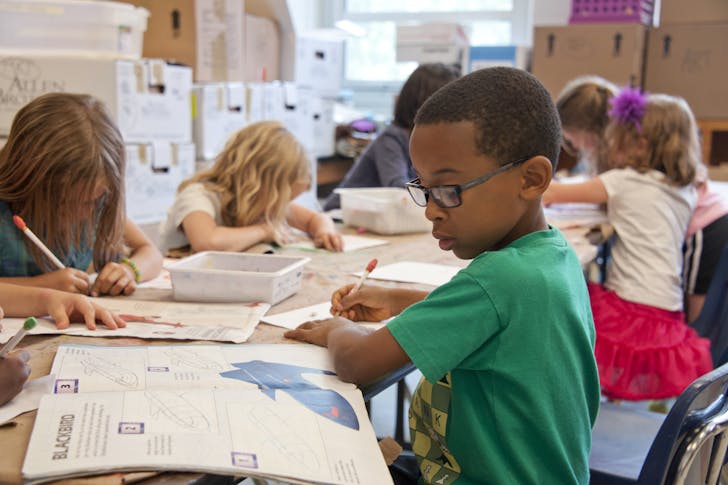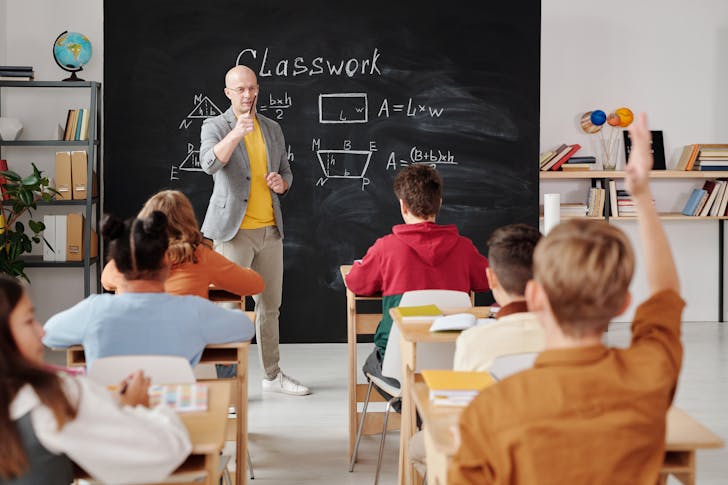February is Black History Month, which makes it the perfect time to bring meaningful Black history lessons into elementary classrooms. But this history is not just for one month. It should be part of everyday learning.
The goal? To help students understand the past, recognize its impact on today, and celebrate Black contributions to society. Here is how to make these lessons stick:
Create Expert Packs & Opportunities for Reflection
Elementary students are naturally curious. Give them engaging expert packs filled with age-appropriate books, articles, and images about key Black history topics. Instead of handing out dry facts, let them explore stories of leaders like Harriet Tubman, Dr. Martin Luther King Jr., and Ruby Bridges.

CDC / Pexels / Use primary sources like letters, photos, and newspaper clippings to bring history to life.
Reflection is just as important as learning. After students explore their expert packs, guide discussions about what they learned and how it connects to today’s world, and ask them to think about fairness, justice, and bravery. Let their voices shape the conversation.
Introduce Key Vocabulary to Build Understanding
Words shape understanding. Before diving into historical events, introduce essential terms like segregation, civil rights, desegregation, freedom, and slavery. Define these words in simple terms and connect them to real-world examples.
For example, explain segregation by discussing how schools, buses, and restaurants were once divided by race.
Once students grasp these words, they will better understand Black history’s struggles and victories. Have them use the words in discussions, stories, and even classroom skits. When kids can talk about history in their own words, they connect with it on a deeper level.
Let Your Kids Write With the Jigsaw Method
Writing about history helps students process what they learn. Use the jigsaw method to make it interactive. Divide students into small groups, assigning each group a different Black history topic. Perhaps the Montgomery Bus Boycott, the Harlem Renaissance, or the March on Washington. Each group researches their topic and writes a short summary.
Then, the groups will be mixed up so that students can share their findings with new classmates. They teach each other, reinforcing what they learn. Finally, have them write personal reflections - what surprised them? What inspired them? Writing about history in their own words makes it more memorable.
Host an African American Inventor Event
Black history is not just about struggle. It is about innovation and brilliance. Celebrate it by showcasing Black inventors. Garrett Morgan’s traffic light, George Washington Carver’s peanut discoveries, and Madam C.J. Walker’s haircare empire are just a few examples of Black excellence.

Max / Pexels / Let students research an inventor, then present their findings creatively. They can create posters, dress up as their inventor, or even build mini-replicas of the inventions.
Turn it into a classroom event where students walk around and learn from each other. This activity shifts the focus from just learning history to celebrating contributions that shape our world today.
Seek Out Museum Experts and Create a Gallery Walk
Museums are full of history, but you don’t have to take a field trip to access them. Many offer virtual tours and guest speakers. Reach out to local museum experts or historians who can join your class via video call. Let students ask questions and hear stories from professionals who study Black history every day.
Afterward, create a classroom gallery walk. Print images of key moments in Black history - like the Greensboro sit-ins, Little Rock Nine, and the Selma March. Post them around the room with short descriptions.
Let students walk through the gallery, taking notes and discussing what stands out to them. It is an interactive way to experience history without leaving the classroom.
